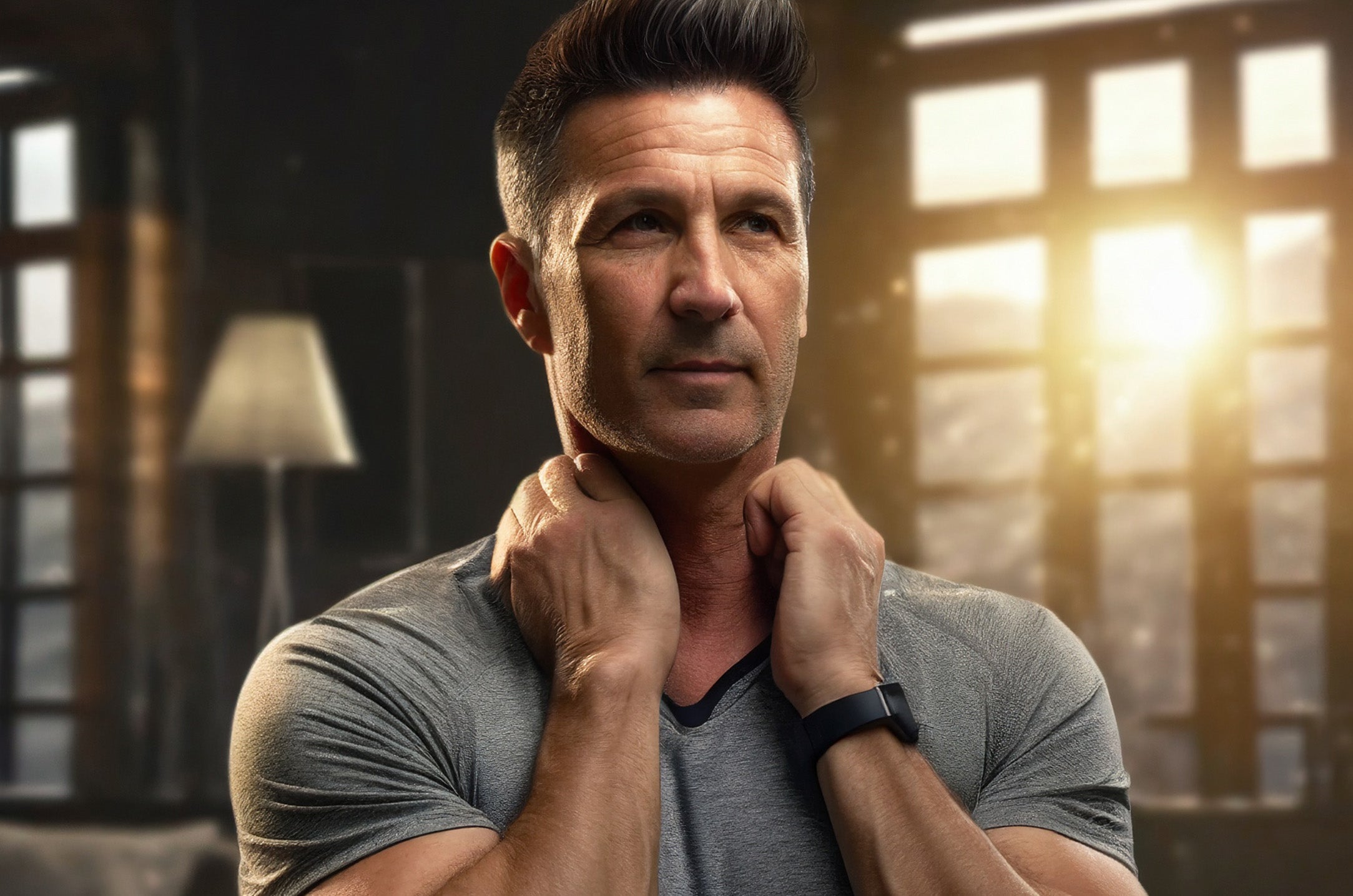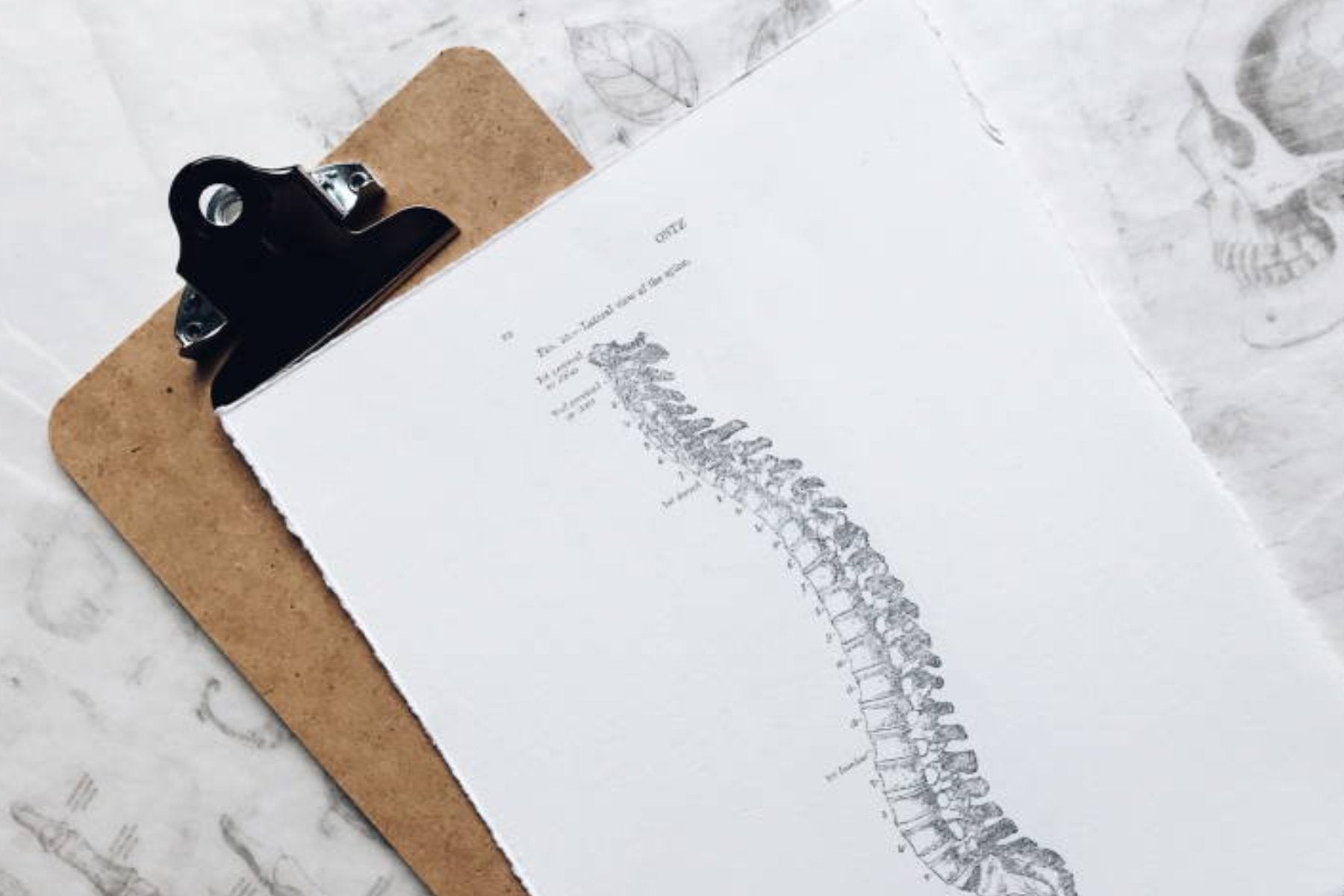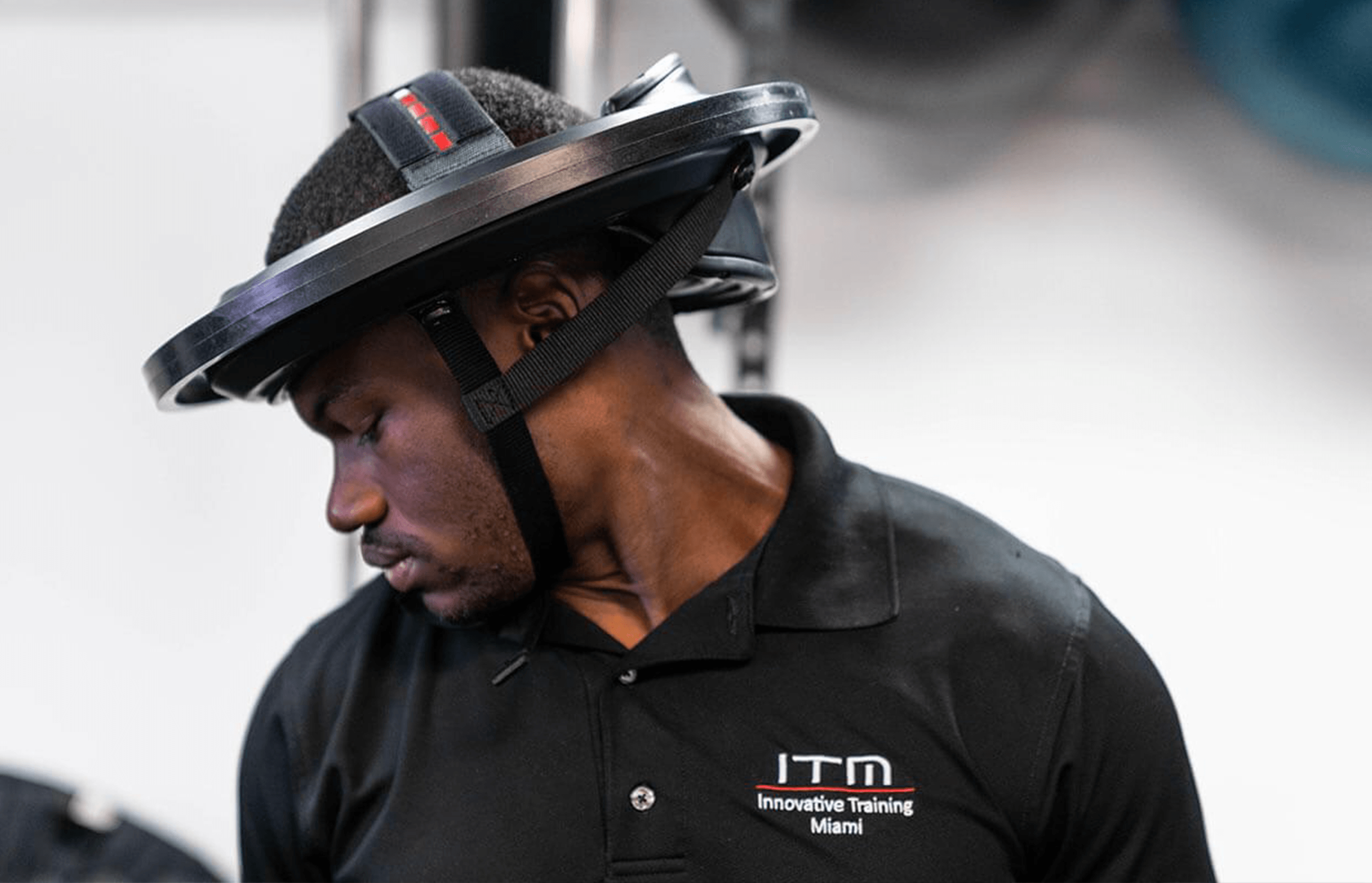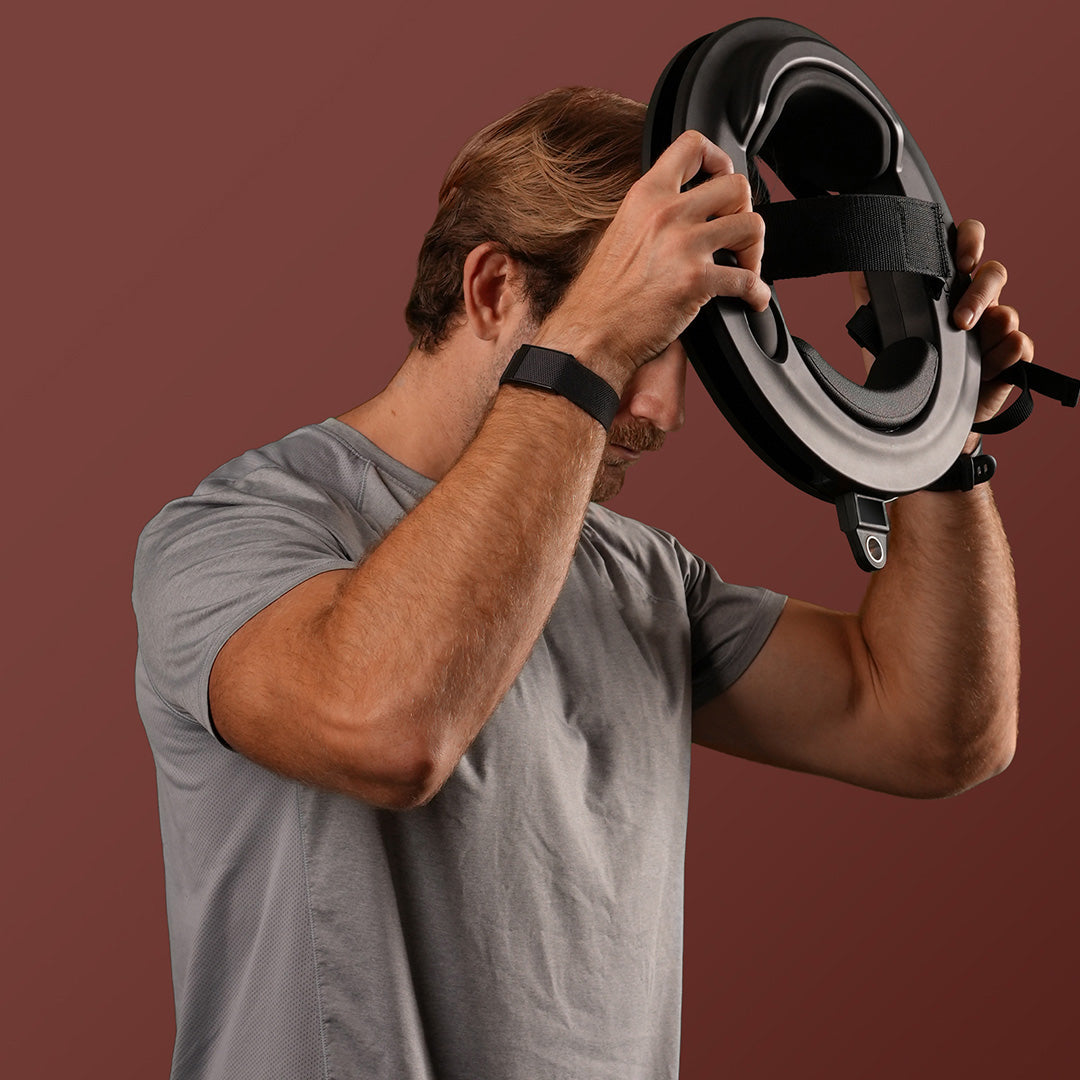
Neck Cable Exercise Routine: Transform Your Neck Training With Iron Neck!
The guide details the benefits of cable neck exercises, including enhanced strength, improved flexibility, and injury prevention, especially for athletes in contact sports. You'll find a comprehens...

Neck Isometric Exercises: Strengthening Cervical Isometric Exercises to Try
This guide emphasizes the importance of neck isometric exercises as a targeted solution to alleviate discomfort and pain caused by factors like prolonged computer use, poor posture, or injuries. Is...

Neck Training: The Complete Guide on How to Train Your Neck
Neck training is an often underutilized aspect of physical fitness. Make no mistake though - it is just as important, if not more important, as the rest of your training. Particularly in combat &am...

Neck Exercises for Cervical Stenosis or Sciatica
It starts simply enough—a twinge of neck pain or bit of numbness in your hands or feet, or perhaps in your back. Then you begin to feel weakness in your arms or legs. Suddenly you wake up one morni...

How to Prevent Concussions Through Neck Training
Want to learn how to prevent concussions through neck training? In this article on concussion prevention, we'll cover everything you need to know about limiting head injuries by strengthening the n...

How to Prevent Whiplash: Neck Exercises to Lower your Risk of Injury
Are you experiencing the whiplash effect? If you have ever had the severe neck pain that comes with this condition, you know that it can be debilitating. The slightest movement of your head or...

Best Exercises for Pinched Nerve In Neck
Whether you’re a professional athlete or work in an office, neck pain is extremely common. If you’re experiencing daily pain in your neck, it could be a sign of a pinched nerve. A pinched nerve is ...

How to Get a Thicker Neck at Home Fast: Exercises for Bigger Neck Muscles
Having a thick neck isn’t just for looks - pro athletes, bodybuilders and everyday gym-goers alike can benefit from thick neck muscles. Adding neck exercises to your daily workout can yield life-ch...

Neck Fat Exercises: Get Rid of That Double Chin With These Slimming Workouts!
Is it possible you could clear up that unsightly double chin with some neck fat exercises? This is a question anyone who’s self conscious about the way their neck looks has pondered once they’ve di...

The Best Neck Exercises for Boxing: Boxer Workouts to Improve Performance & Decrease Injury
Don't let a weak pencil neck be the reason you lose a fight you've been training for, or worse, be the reason you have to sit out of training for a few months with an injury. Instead, strengthen yo...

Side Neck Muscles: What Are They and What Do They Do?
Want to learn how to work out the muscles on the side of your neck? You've come to the right place. In this article, we'll share our three favorite Iron Neck exercises with you that directly target...

Vagus Nerve & Pain In The Neck: Diagnosis and Treatment
If you believe you're dealing with vagus nerve pain in the neck, you've come to the right place. Because today, we're going to discuss everything you need to know about this nerve. This includes ho...

Research Shows Neck Strength & Size Are Key Factors In Reducing Sports-Related Concussion Risk
Our brains are powerful yet delicate, and there are few things that can change your life for the worse like brain damage. While our skulls are strong, they can only do so much when it comes to prot...

The Importance of Protecting Yourself from Diffuse Axonal and Shearing Brain Injury
Your brain is a complex, delicate organ that is highly susceptible to injury, and few things can radically diminish your quality of life like brain damage. But to combat this threat, it’s important...

The Ultimate Guide to the Suboccipital Muscles
Whether you’re doing weightlifting reps or sitting at a desk all day, your neck is put under stress on a daily basis. If you’re considering taking up a neck training routine, it’s important to lear...

Tech Neck: Neck Strength Should Be Everyone's Priority
Between 50 to 85% of adults with neck pain will experience a recurrence of the pain within five years. The leading cause of neck pain remains to be weak back and neck posture, especially when we si...

Neck Injuries as Classified in the ICD 10
Doctors, public health agencies, and health insurance companies all over the world use alphanumeric codes called ICD-10 for diagnosis representation, such as neck pain ICD-10, backache ICD-10, et...

The Complete Guide to the Muscles of the Human Neck
The head and neck muscles have many crucial tasks to perform, including the movement of the neck and head, speech, chewing and swallowing, eye movement and facial expressions. All these tasks nee...










